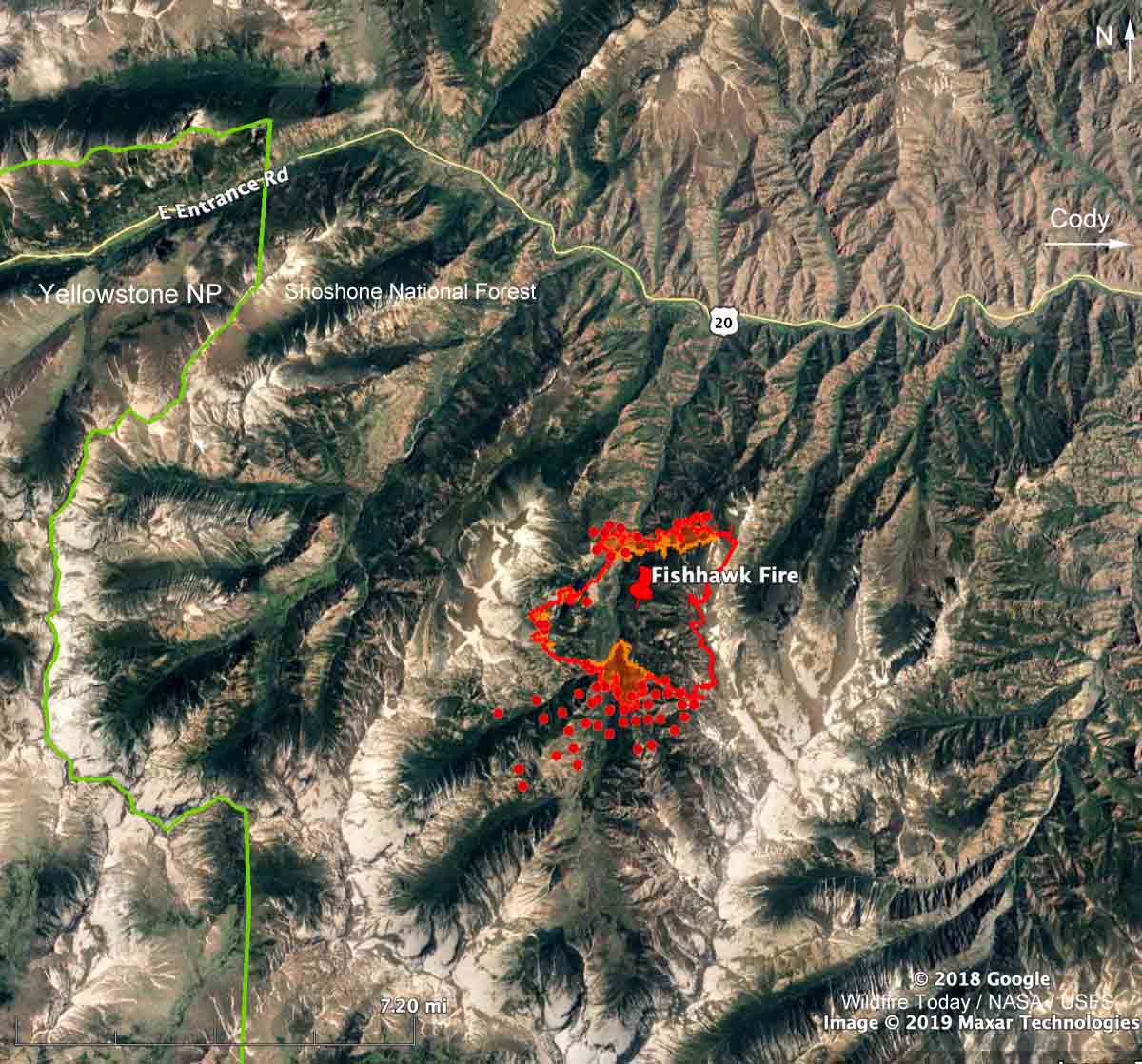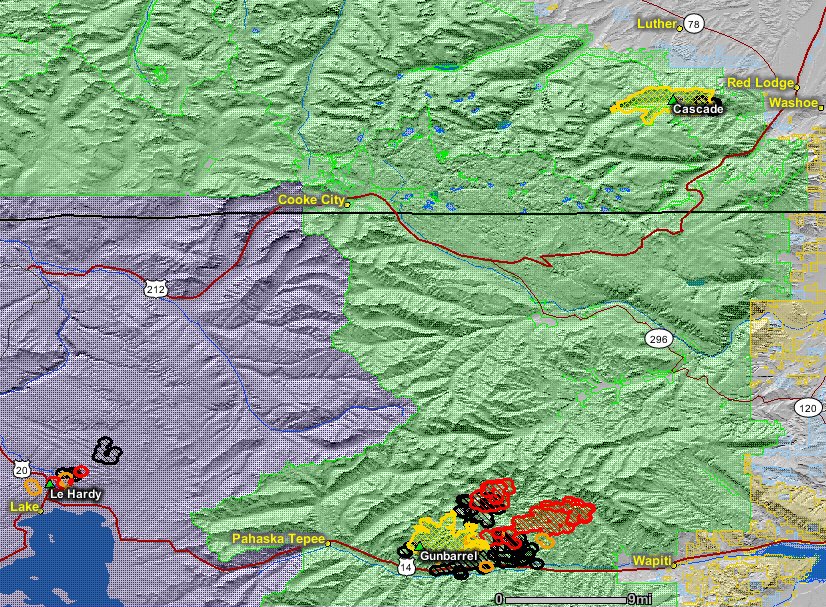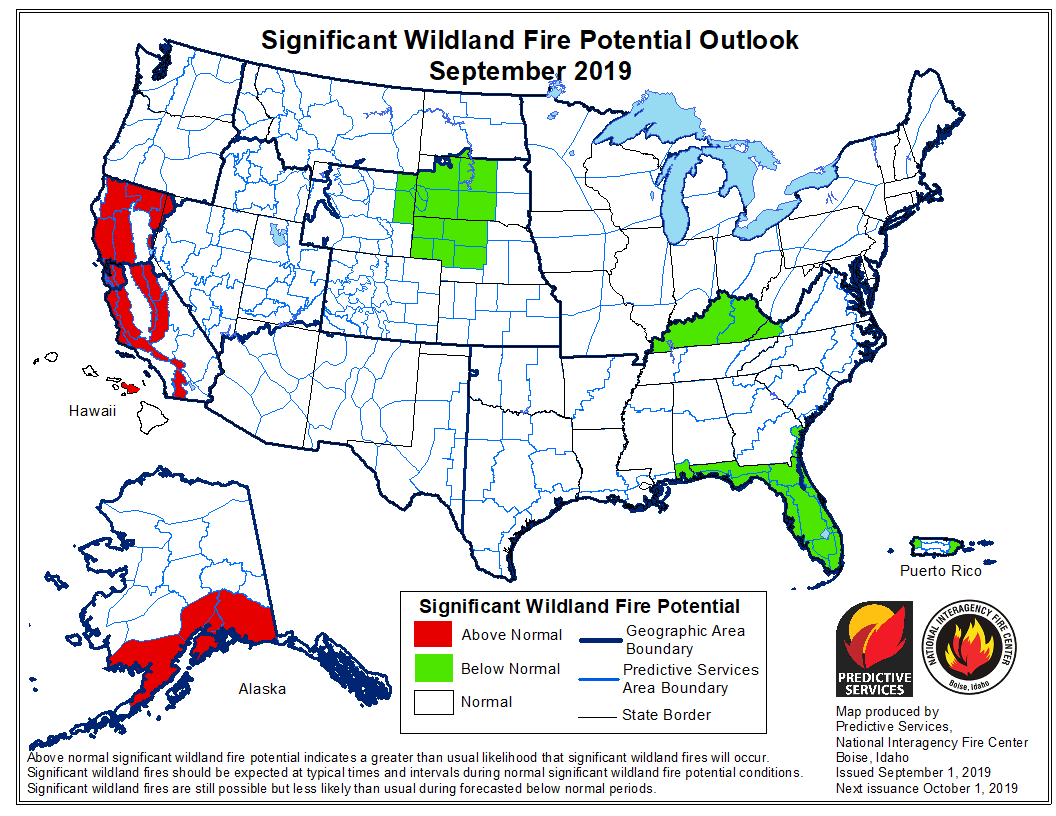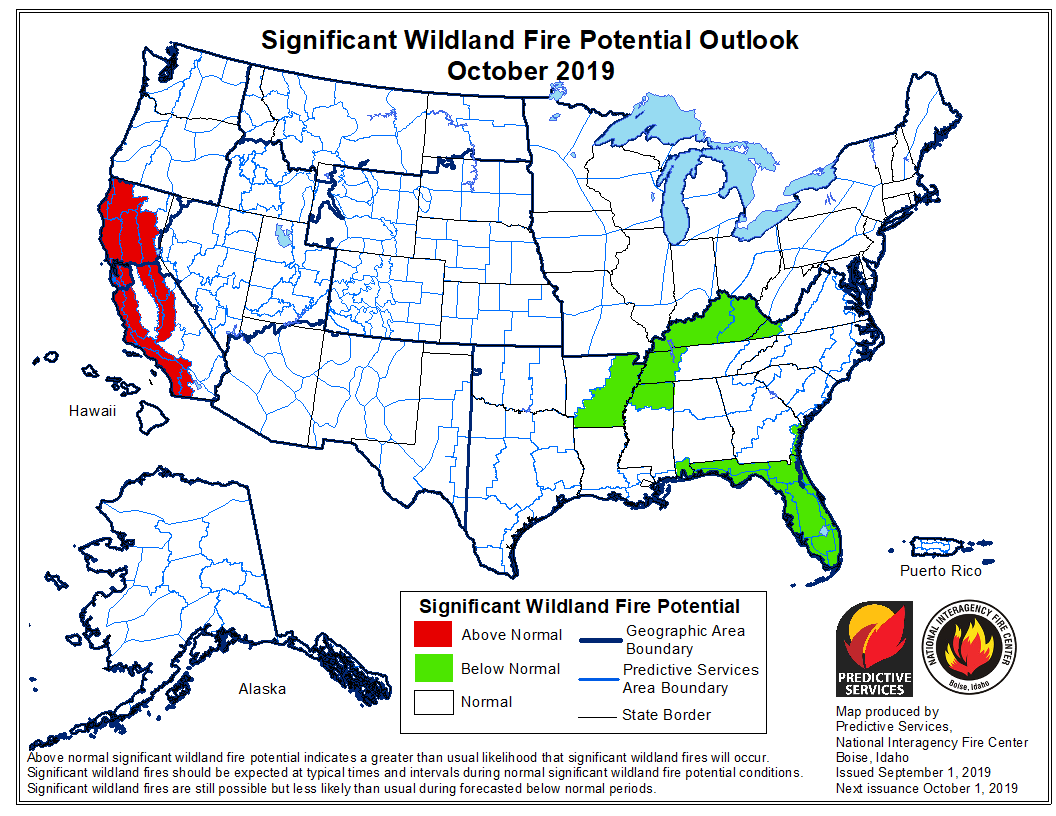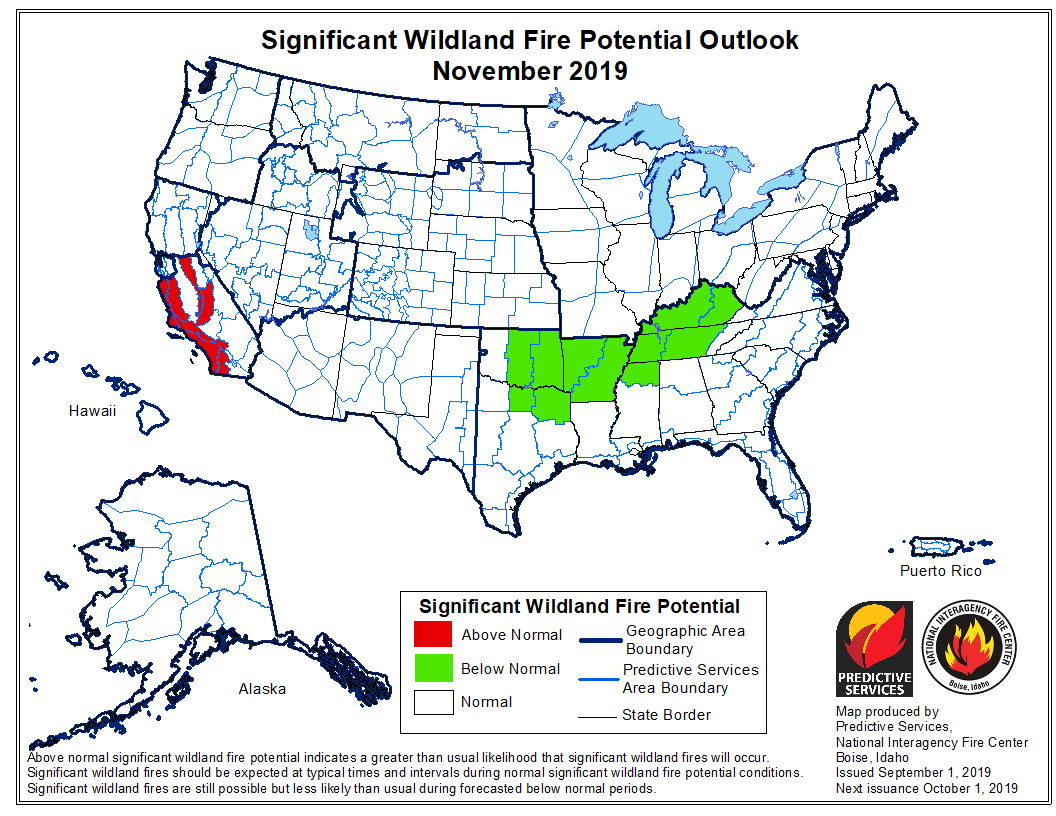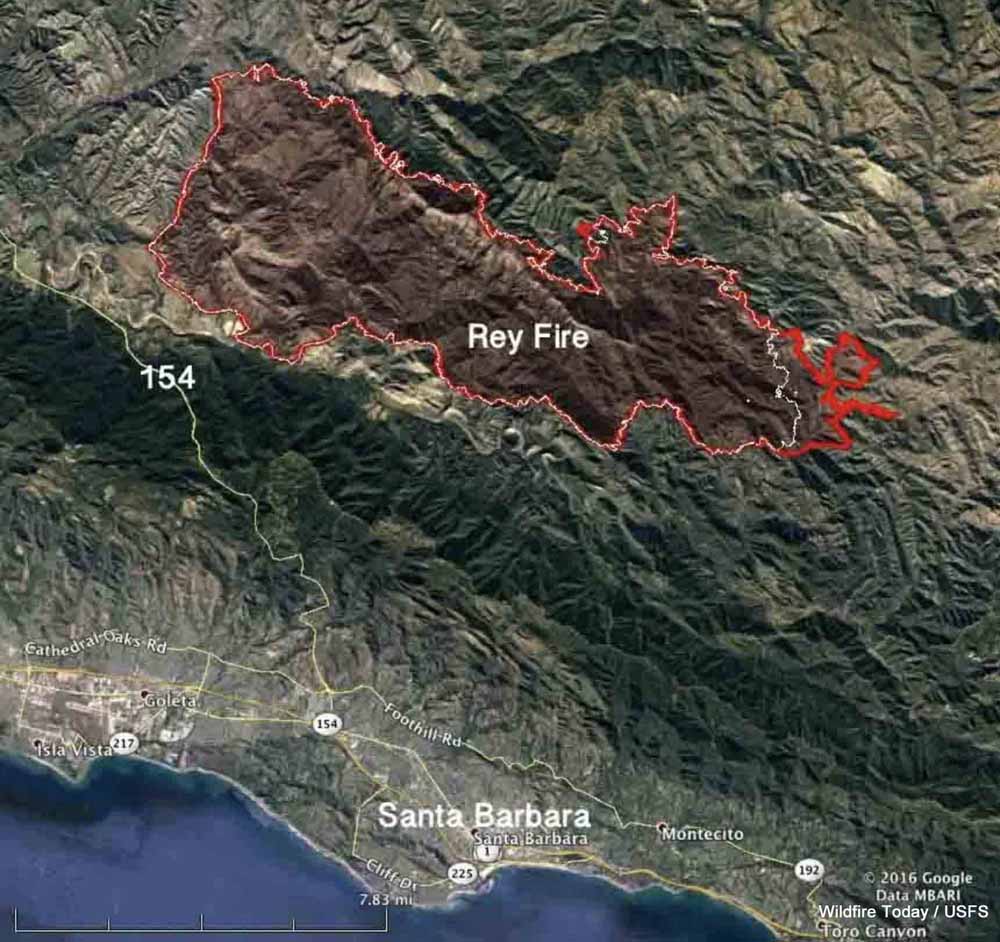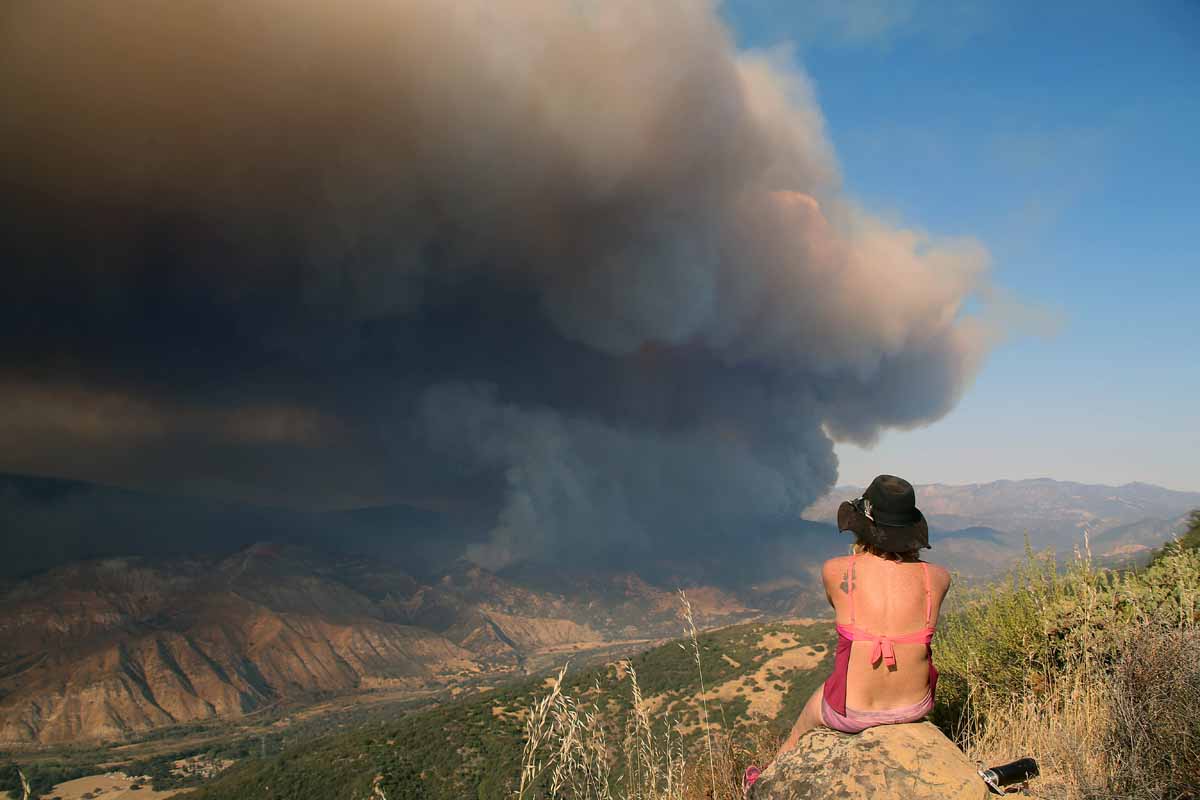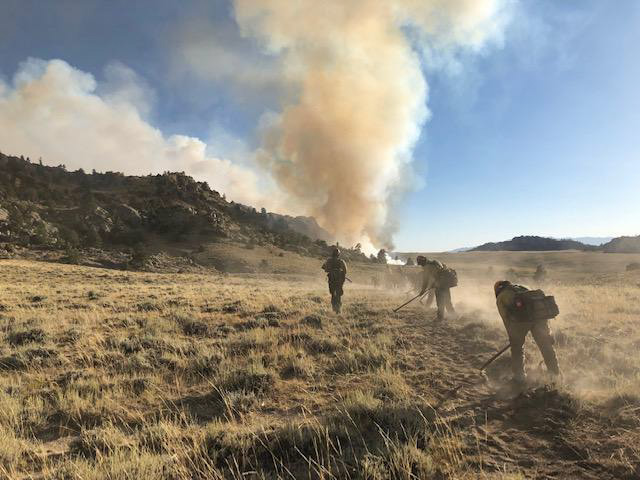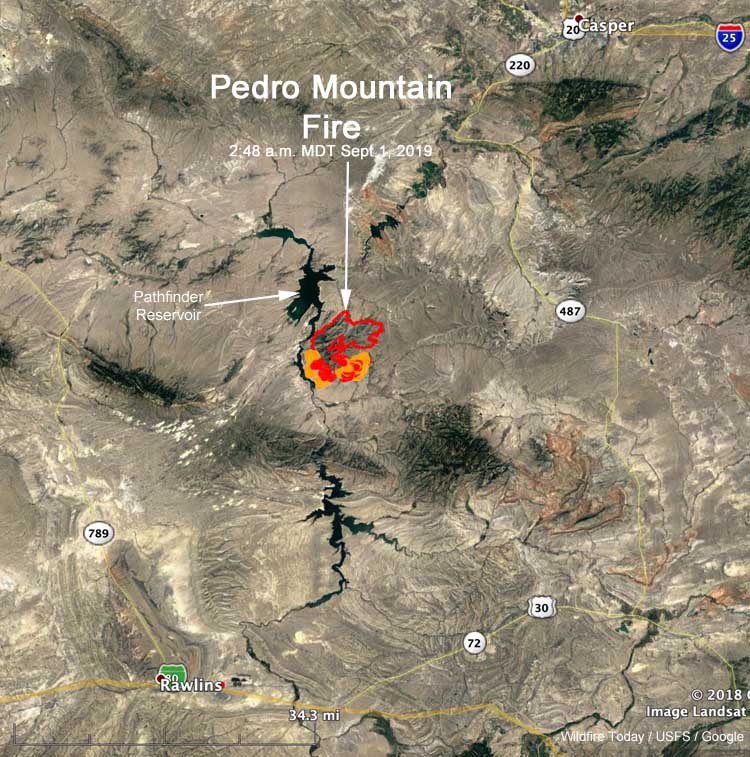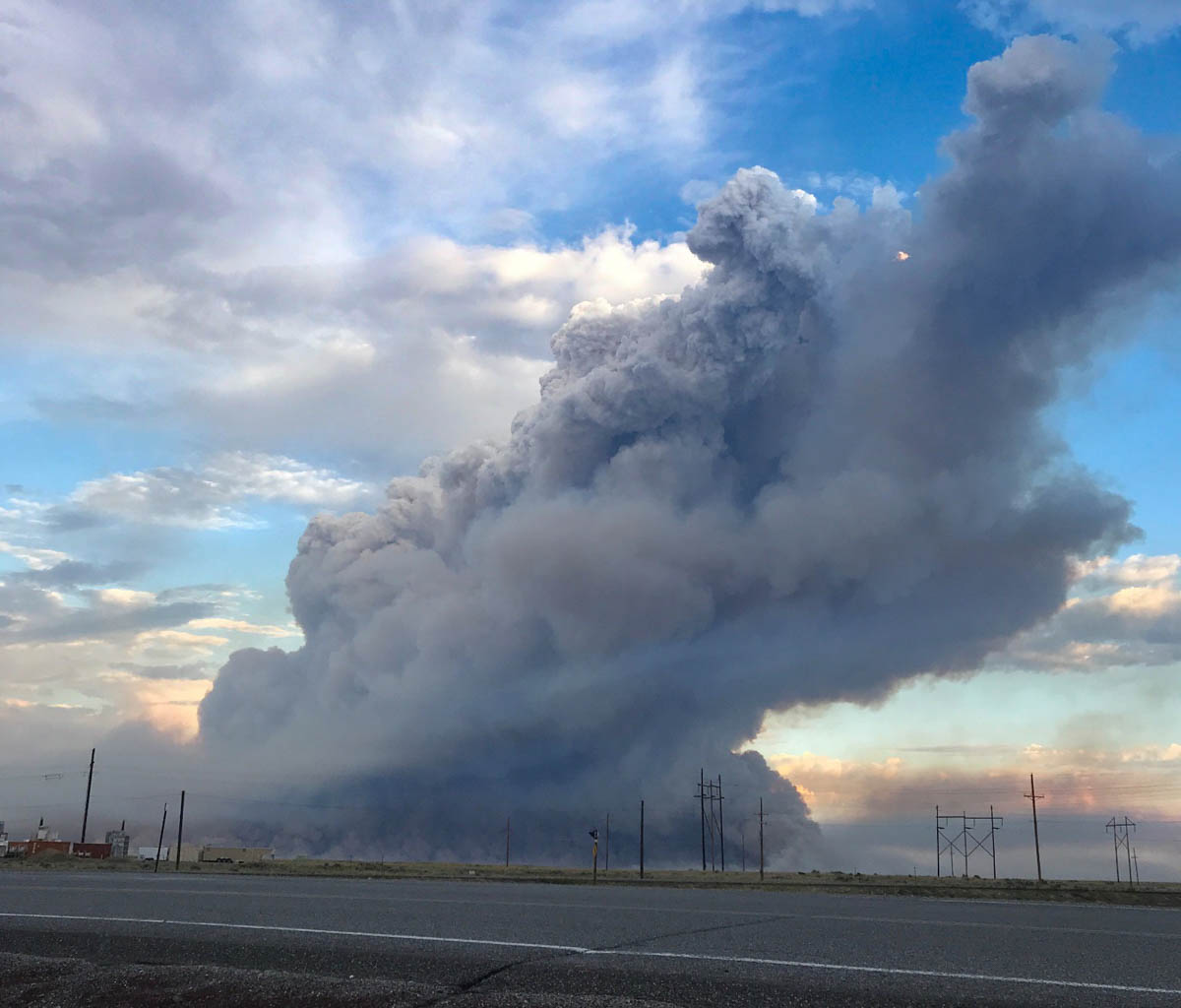
(From the Bureau of Land Management)
Mitigation efforts reduce impacts of 112,000 acre Sheep Fire
The lightning caused Sheep Fire started on the evening of July 22 on the Idaho National Laboratory (INL) site in eastern Idaho. The area has a history of large, wind-driven wildfires that burn quickly through the grass and sagebrush desert. The Sheep Fire was no exception. It quickly became INL’s largest fire in history consuming over 112,000 acres.
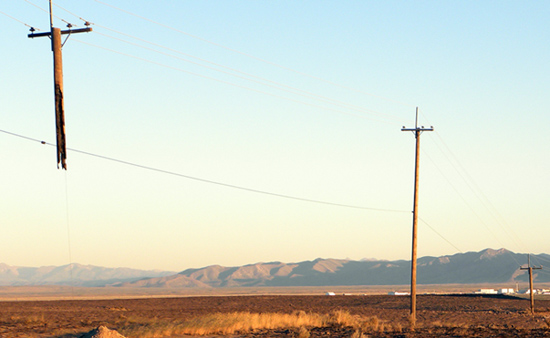
Firefighters worked hard—and successfully—to save facilities from the wind-driven fire, but infrastructure losses were incurred. Transmission lines providing electricity to multiple counties across eastern Idaho are prevalent in the area, and their wooden power poles were particularly at risk. Approximately 61 rights of way for transmission lines cross BLM lands near INL. The INL itself has 4,000 power poles situated in brush and grass fuels.
During the active fire seasons of 2010 and 2011, which burned over 160,000 acres of both BLM and INL lands, power poles often burned, resulting in power outages, public safety issues and unplanned replacement costs. After the 2011 fire season, BLM fire mitigation specialists from the Idaho Falls District met with local power company officials, county officials and the INL. They discussed solutions to the considerable loss of power poles incurred from wildfires. The BLM proposed using a latex-based fire retardant paint on power poles to help protect them from burning.

The INL decided to implement this proposal—having lost almost 60 power poles just in 2011. Although the treatment cost $100 per pole, the INL staff was willing to make that investment due to the high replacement cost of $1,200 to $2,500 per pole. Over the next two years, INL painted 3,000 of its power poles 5 feet up from the ground with the fire retardant paint. INL prioritized power poles receiving the paint based on service area, damage risk and vegetation density.Every pole painted in the latex-based fire retardant paint survived the Sheep Fire. Even poles that had not been repainted since their initial coat in 2012 and 2013 survived.
INL’s mitigation efforts successfully kept power to its grid during the Sheep Fire. While wildfires will continue to threaten infrastructure, Idaho Falls District BLM will continue finding innovative and cost effective partnerships in eastern Idaho to mitigate wildland fire impacts.
UPDATE: The product used by the INL is Osmos Fire-Guard Wood Pole Protection.

